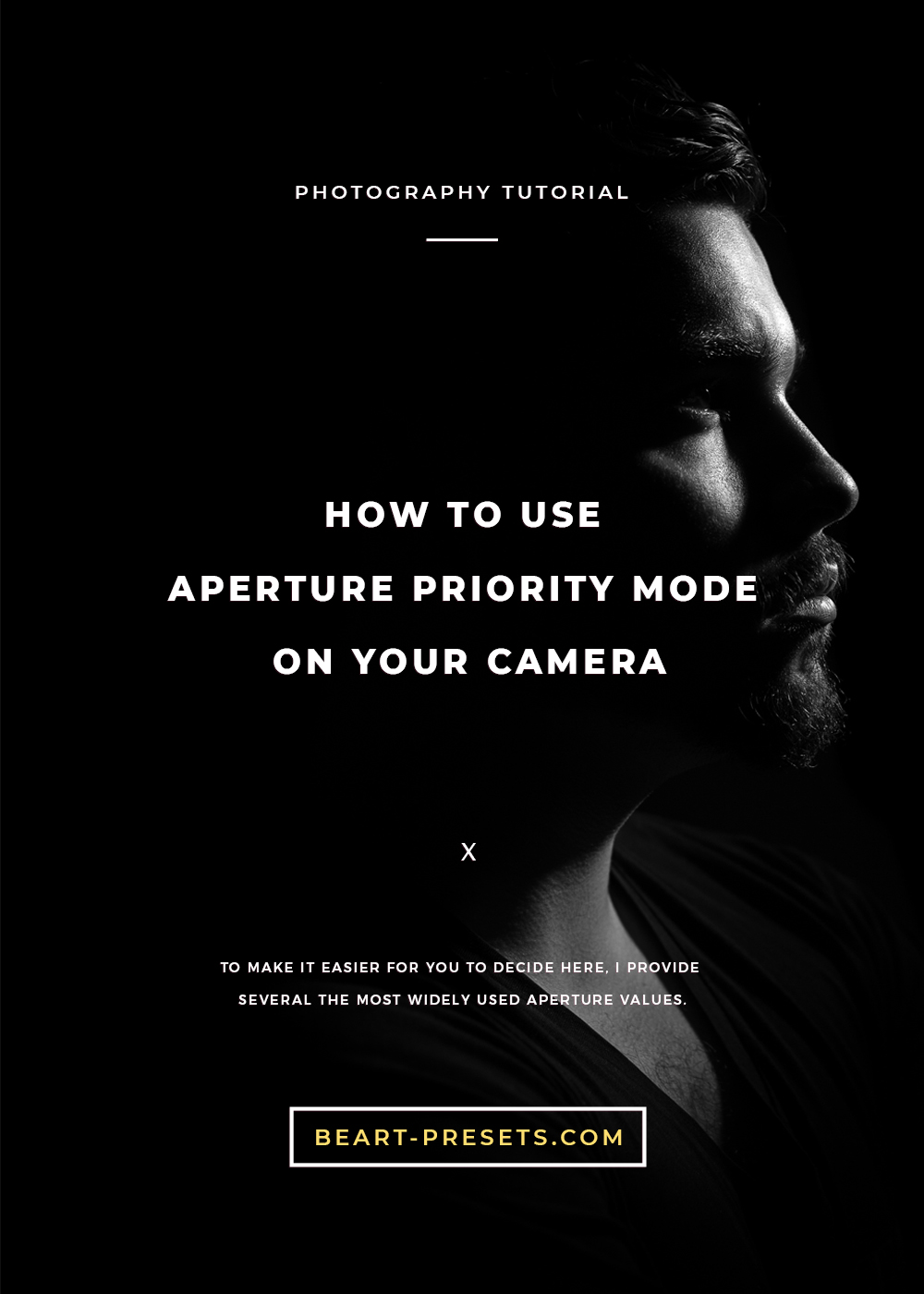Aperture Priority Mode on Your Camera
First of all, you ought to remember that there are no rules in photography, but recommendations. And it's better to follow them when it comes to the aperture value. Mostly it depends on your choice to use an artistic touch or capture a scene as precise as possible. To make it easier for you to decide here, I provide several the most widely used aperture values.
f/1.4: it works perfect in the low-light conditions, but be careful, with this value the depth of field is very small. It’s better to use it for small objects or to create a soft focus effect.
f/2: Use it just the same; however a lens with such an aperture may cost one-third of a lens with an aperture value 1,4.
f/2.8: It can also work well in low-light conditions. It's better to use for portrait photography, as the depth of field is bigger and it captures the whole face, not eyes only. Good zoom lenses have this aperture value as a rule.
f/4: This is a minimum aperture value, that is used to make a photo of a person in conditions with good lighting. This aperture value may restrain an autofocus operation, so with a wide open aperture, you can miss the mark pretty easy.
f/5.6: It's good when you photograph two persons, but in low-light conditions, it's better to use a flash.
f/8: Is used when you try to capture a big group, as it can guaranty sufficient depth of field.
f/11: The majority of lenses have the maximum sharpness with this aperture value, so it’s good for portrait photography.
f/16: Good value when shooting in bright sunlight conditions. Significant depth of field. However, you should remember that with this value the sharpness will decrease and an effect of distraction may be produced.
F/22: Is good for landscape photography, when the details on the foreground may be neglected.
As I have already mentioned, these are only recommendations. And now when you know for sure how an aperture value may affect your photo, try and enjoy the results.









